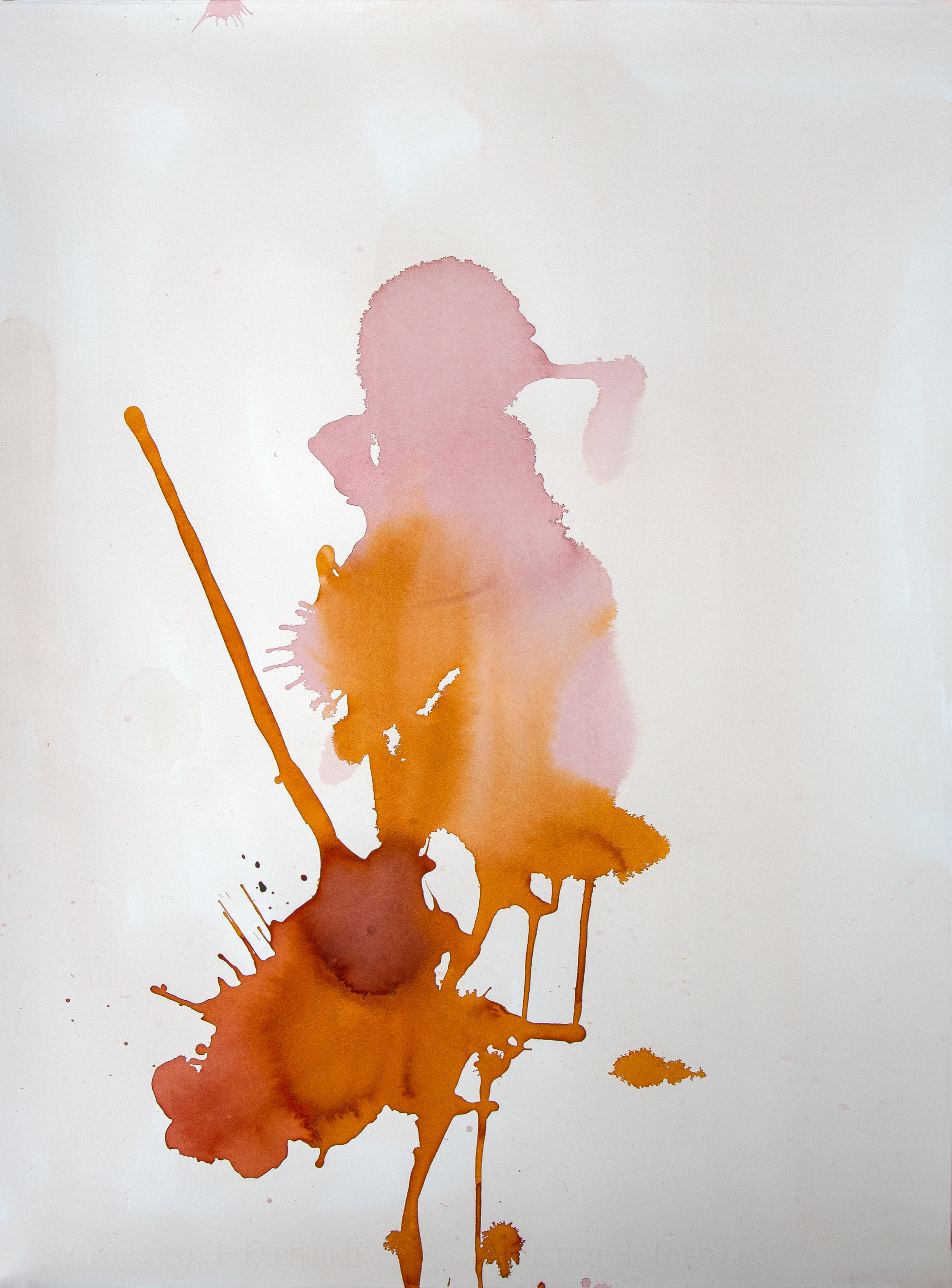< 71 lifes > . < 71 lives >
berchtoldvilla salzburg . march 15 - april 25 2019
on 26 August 2015 59 men, eight women and four children died in a refrigerated lorry from lack of oxygen. they were found on the following day at an emergency lay-by on an Austrian motorway (gps: 47°59’37 n, 16°49’56 e).
overview
in his site-specific spatial & sound installation < 71 lives > on the first floor of the berchtoldvilla, florian boehm addresses life in that field of tension between the optimism of departure & abrupt endings, with parallels between human tragedy and apparent banality. the external trigger for this installation was the accidental death of 71 people who died in a refrigerated lorry in 2015.
the installation investigates the voicelessness of the individual and such diverse aspects as the courage to face life, cheerfulness & departure on the one hand and the defeat of hopes and desires on the other. it encompasses texts worked into multi-component light and sound sculptures, large-format charcoal & chalk drawings and ink paintings. for the sound sculpture actor werner friedl voices the people locked inside the refrigerated lorry.
language as crystallisation point
the work began in the late summer of 2018, with 22 typed texts within a short period, in which boehm allows the imprisoned victims to talk and relate their fate. this is followed by a radio commentary that takes as subject matter the truck's hermetically sealed tail lift, the signifier of the difference between perishing and an unsuspecting continuing-to-live.
elements of the installation
two large-format charcoal, graphite & chalk drawings on hahnemuehle paper, framed,
71 indian ink drawings as part of the series < blut.ung > (“bleed.ing”), each 76x56cm, arches / fabriano paper, fixed with foldback clips on coat hangers
three two-channel sound installations, together with a film still forming a sound sculpture
23 texts, each 31x21cm, typewriter on crownmill cotton paper
two large-format drawings
the four-part charcoal drawing representing warped wire coat hangers in the first room refers to the transitional moment in which a journey, voluntarily or involuntarily is undertaken & its violent end.
the diptych charcoal & chalk drawing in the final room stands for a basic boundary post marking the end of a road, this particular post becoming significant in the circumstance of the lorry having been parked behind one such post.
light & sound sculptures
three two-channel recordings, two of which are played in parts of the reconstructed refrigerated body, the third with film still in the first room, bring the typewritten texts to life. these three are not synchronised, so that there is an ever-changing overlaying of sound. this may be understood, among other things as an image for the simultaneity of the interred people's speaking, and also the inefficacy of any clear sequence in time.
indian ink drawings
the 71 indian ink drawings hung on coat hangers are part of the series < blut.ung > (integrating & comprising the words “blood” and “bleeding”) created between december 2018 and february 2019 in preparation for the representational installation. they take as a departure point the physical qualities of blood (as lifeblood, or the products of its decomposition) and show the hugely varied shades that blood can assume. as part of the installation the drawings also stand, literally, for the individual people imprisoned in the refrigerated truck body and thus are vital pointers towards the spiritual aspects of life such as their wishes, hopes, dreams and longings and asks the visitor (the ‘survivor’, as it were) to address their own issues.













































